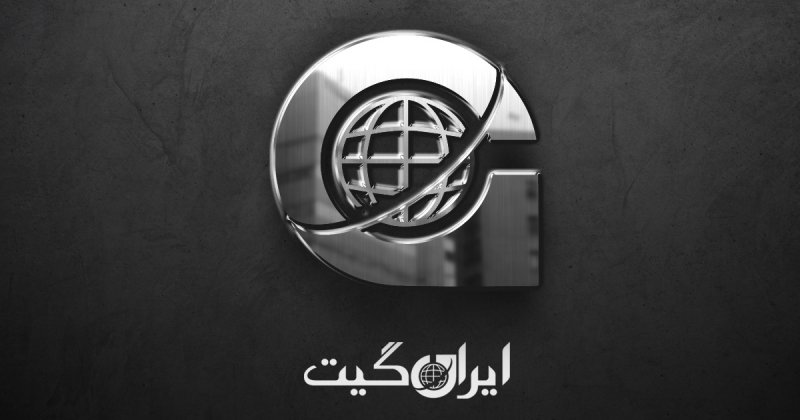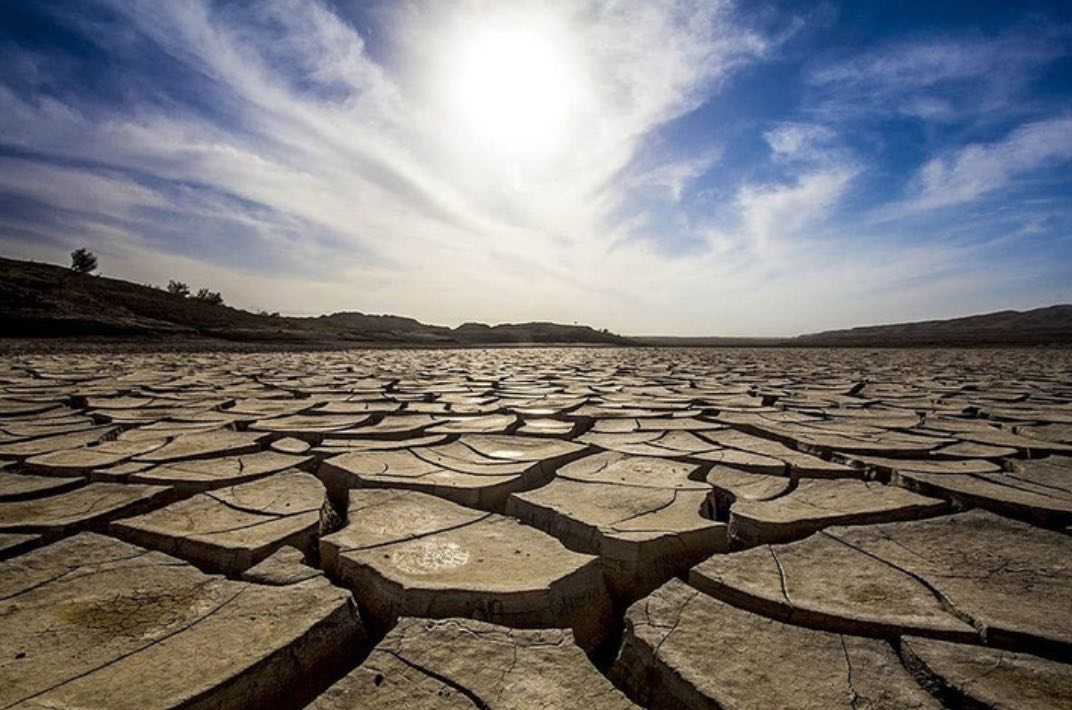A Waterless Summer
The Alarm of Water Shortage Has Been Sounded in Iran
With the arrival of summer and the rise in temperatures across Iran, the issue of water shortage has once again become the top headline in the media.
The reduction in rainfall, mismanagement of resources, population growth, and climate changes have placed the country in the face of a serious crisis. A crisis that, if not taken seriously, could result in a dry and exhausting summer for millions of Iranians.
Unprecedented Decline in Water Resources
According to reports from Iran’s Meteorological Organization, the amount of rainfall in the current water year has decreased by more than 30% compared to the long-term average.
Major dams in the country, such as Lar, Zayandeh-Rood, Karaj, and Dez, are at their lowest water levels in recent decades.
The Ministry of Energy has announced that some areas, especially in the central, southern, and eastern provinces, will face frequent water outages this summer.
Where Are the Critical Areas?
Provinces like Sistan and Baluchestan, Yazd, South Khorasan, Kerman, Fars, and Hormozgan are on the front lines of the crisis.
In some villages in Sistan, drinking water is only available for a few hours a week, and water tankers have become the only means of water supply.
The situation is also worrying in large cities.
Tehran, with a population of over 10 million, is on the brink of a water tension, and officials have asked citizens to reduce water consumption by 20%.
Causes of the Crisis
Water specialists consider several main factors involved in creating the crisis.
- The reduction in rainfall and increased evaporation due to climate changes have led to a significant decrease in rainfall and an increase in temperature.
- Excessive consumption in agriculture: More than 90% of the country’s water resources are consumed in agriculture, many of which are used in unprincipled ways and with low efficiency.
- Infrastructure deterioration: A large part of the country’s water transmission network suffers from leaks and wastage.
- Population growth and urban development: Household consumption in metropolises has seen a significant increase.
Social and Economic Consequences
The water crisis is not just an environmental issue. In areas where agriculture depends on water, unemployment and migration are on the rise. In some cases, water shortages have led to local conflicts. Also, inter-provincial tensions over shared water resources are increasing.
Solutions and Outlook
Experts emphasize that Iran needs a fundamental transformation in water management policies.
Reforming crop patterns, developing drip irrigation, water recycling, reducing household consumption, and changing the public attitude towards consumption are among the solutions that must be implemented immediately.
There is also a need for cooperation between government institutions, non-governmental organizations, and the media for public education and awareness more than ever.
Iran has reached a point where the risk of water scarcity can no longer be ignored.
The summer of 2025 could be a serious warning for a future that, if not addressed, will turn into a long-term crisis.
Today’s decisions will determine the fate of the country’s water resources in the coming years.

